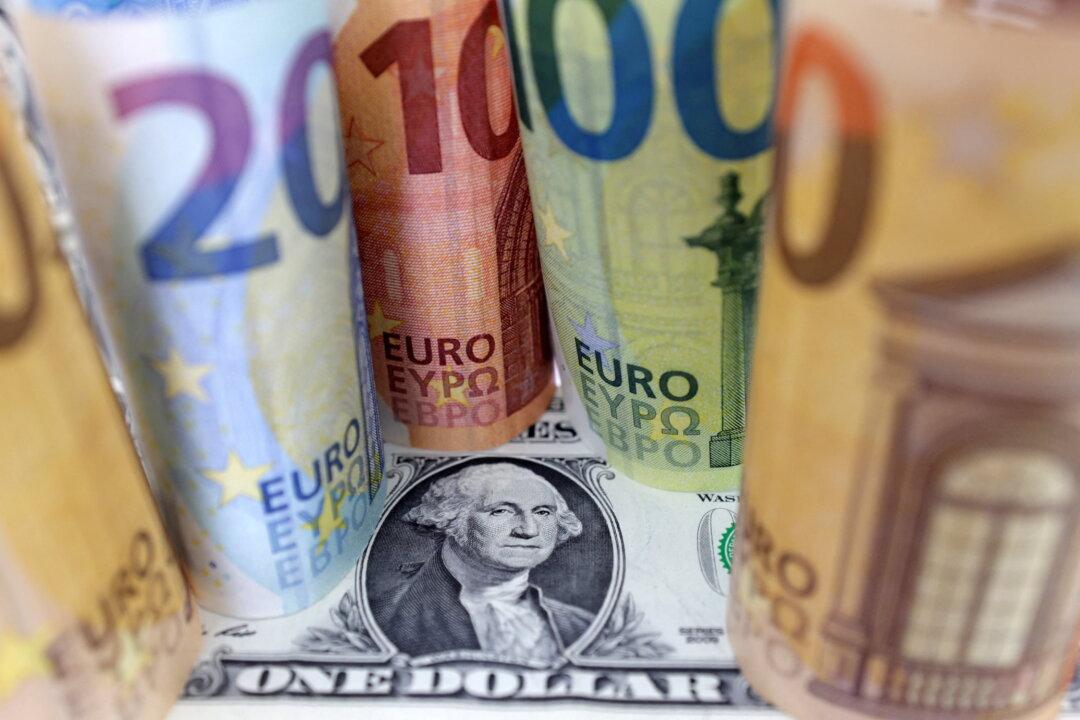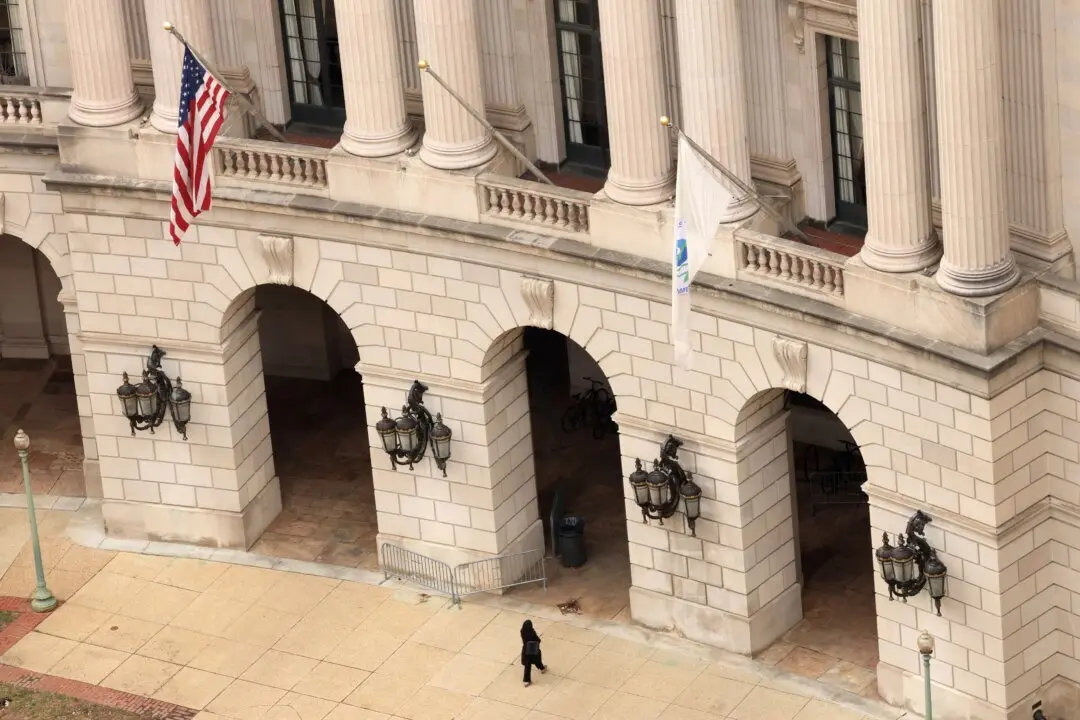TOKYO/LONDON—The euro hit a seven-week low on Thursday as the dollar rose after Federal Reserve Chair Jerome Powell pushed back against bets of a U.S. rate cut as soon as March, and as traders processed market jitters about U.S. regional lenders.
The euro fell to $1.0780, its lowest since Dec 13, and was last down 0.2 percent at $1.07975, while the pound lost 0.3 percent to $1.2649 ahead of a Bank of England policy decision later in the day.





